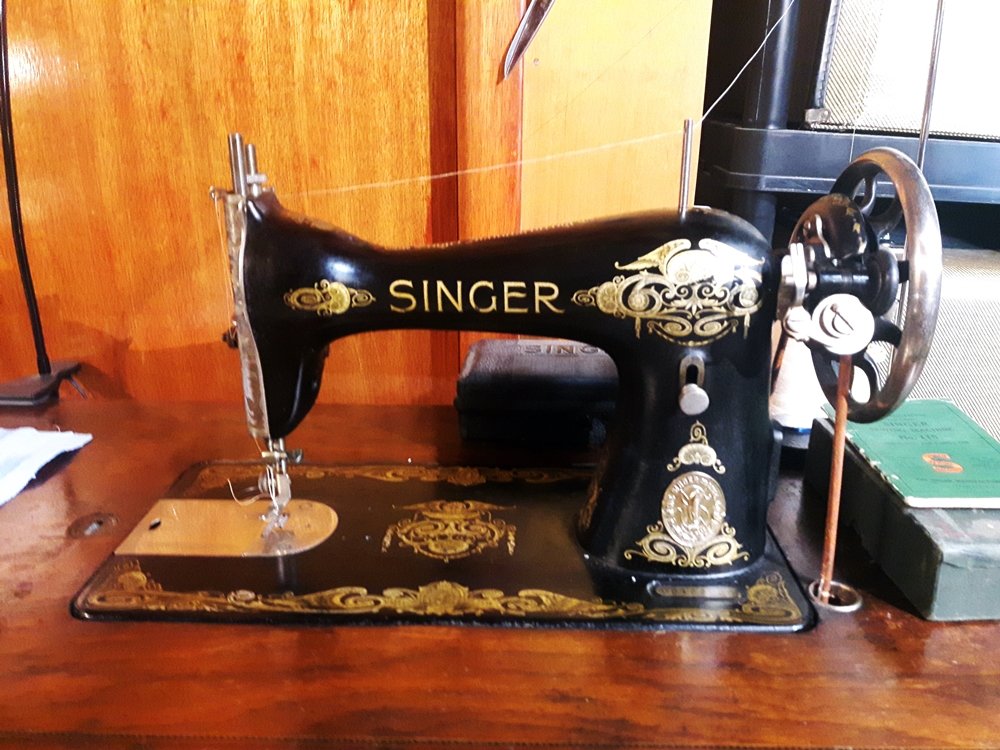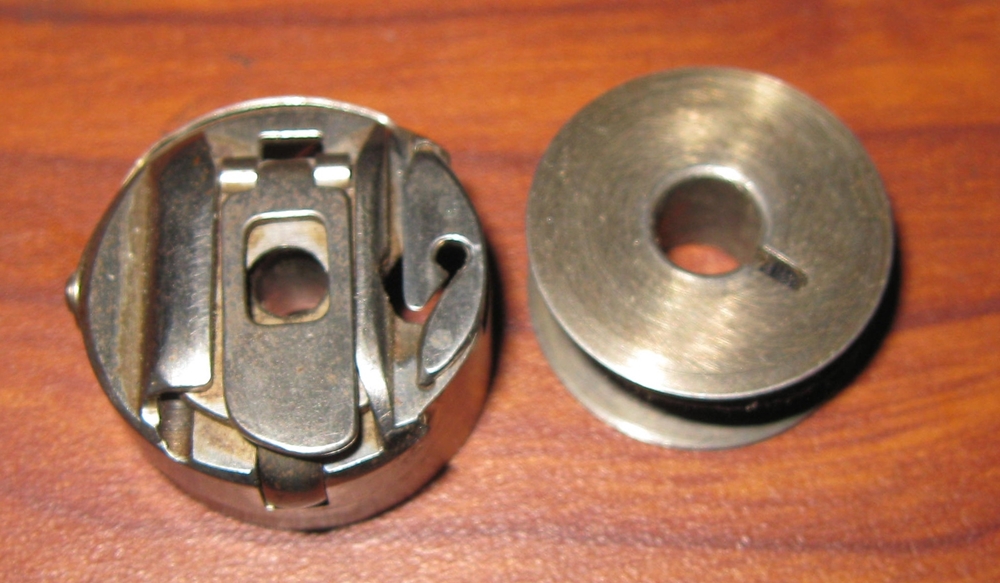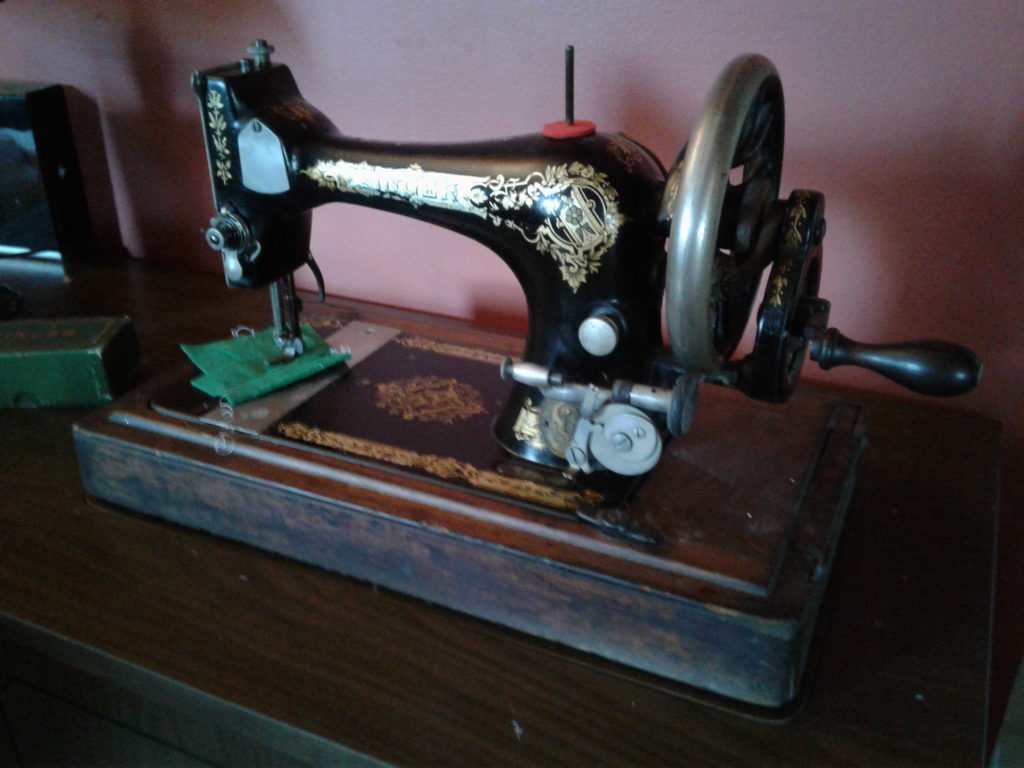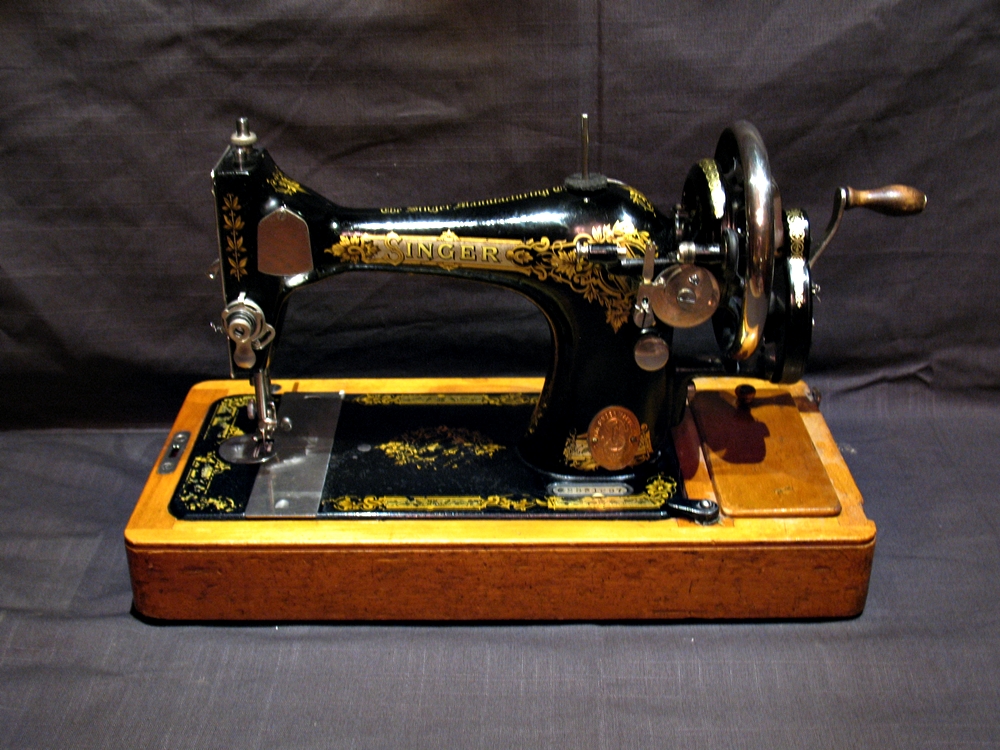
Released in Singer’s centennial year (1951), the 301 and 301A were one of the most revolutionary machines Singer ever produced, and they have developed quite the following among sewists of all kinds.
Dressmakers, quilters, and others appreciate the speed (1600 stitches a minute), perfect stitch, and power of this gear driven, rotary hook wonder… and it was the first machine to use Singer’s proprietary slant shank presser system, which brings your work forward for a better view.
It is also a remarkably lightweight machine at 16 pounds, and packs up to just under 23 pounds in it’s case with it’s pedal and accessories.
When we receive these machines in for sale, they do not last very long, and we usually have a waiting list… the rarest version is the black long bed, and they also came in a solid beige (standard and long bed versions). The LBOW only came in a standard bed version.
Contact us if you are looking for a 301 and we’ll put you on our waiting list.



















